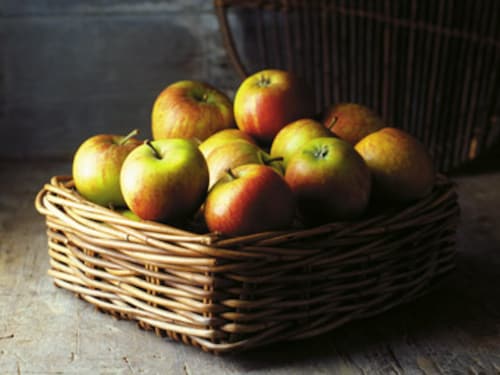The Importance of Taste
There is much to be said about this mystifying, purely subjective element of our food


Food. Like most four-letter words, it packs a punch that far outclasses its size. One of the most accurate barometers of social change, food in India today is an industry projected to be worth $310 billion by 2015. If, in the second decade of the 21st century, front pages of newspapers still report hunger deaths, the glossy sections celebrate chefs as the new artistes. As political as it is everyday, food is perhaps one of the most hotly disputed subjects in India today, whether your interests lie with the farmers in Punjab or the pork loin on your five-star plate.
The business end of food, however, is better left to the front end of the magazine. Here in the Life section, we focus on the mystifying, purely subjective element of our food experience called Taste. As renowned culinary academic Pushpesh Pant points out in his lead essay ‘A Matter of Taste’, your food preferences might be the fallout of upbringing, community, region and multifarious other factors, but your tastebuds are uniquely yours.
Biologists classify people as tasters, non-tasters and super-tasters. Indians, interestingly, fall in the ‘non-tasters’ category—that is to say, they need high concentrations of a taste to appreciate it—but so do the British, with their far more bland dishes. (It’s one reason why Indian food, however diluted, is such a hit in Britain.) Super-tasters, blessed with super-sensitive tongues, are also the group that tends to stick to their favourite—read non-spicy—foods. So maybe ‘blessed’ isn’t the right word to use here.
Taste, though, is as much about sensuality as it is about science. Indian cuisines, alone in the world, cater to six primary tastes: Sweet, sour, salty, bitter, astringent and pungent. Yes, there’s a deep connection with the symmetry of the six seasons—no matter how fleeting today—we experience in India. Dr Pant says it much better than I can, when he refers to the Ritu Samhara.
Much as our tastes are an inseparable part of our identity, they are constantly open to new influences. My colleagues Rohin Dharmakumar and Jasodhara Banerjee stumbled onto this truth in the most universal way possible. Forced to cut down on their forays into Bangalore’s trendy restaurants by their very active toddler, Rohin and his wife began recreating their eating-out favourites at home—and, in the process, discovered the many joys of educating a palate. Their two-year-old dines on pasta in wine sauce and nibbles on dark chocolate. ’Nuff said.
Jasodhara discovered a whole new world of taste beyond the cooked conventional while on a three-week fellowship in Korea. Teacher and author Sumana Roy, on the other hand, found herself yearning for the flowery taste of her home in the Bengal foothills when despatched to Europe.
While Rohin and his family may be absent from the restaurant circuit for a while, India’s Rs 1.26 lakh crore F&B industry certainly hasn’t missed them.
The sector grew by 10.3 percent in 2010 and shows no signs of slowing down. Yet, the growth has exposed the industry’s failures and accentuated the faultlines with its customer base. We asked Manu Chandra, frequently voted one of India’s top young chefs, for his take on these uneasy equations. The ideal client, he is convinced, is out there—as is the ideal restaurant.
In that hope, bon appétit!
First Published: May 28, 2012, 06:53
Subscribe Now